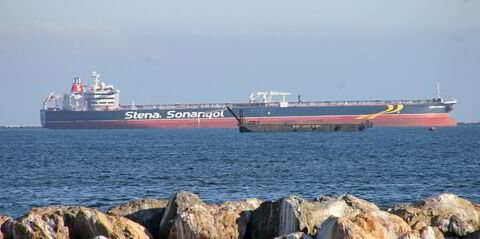Bulker newbuilding orders for the first seven months of 2015 have fallen by over 90% year-on-year, according to Clarksons Research.
Less than 60 bulkers were contracted between January and July this year down from more than 1,200 in full year 2013.
Combined with the firm pace of deliveries, this has led to a 20% decline in the bulker orderbook since the start of 2015.
“Deliveries are expected to remain firm in the short-term, but the lack of recent ordering could help to significantly slow fleet growth beyond 2016,” says Clarksons analyst Ben Tremmil.
“Only 58 vessels have been ordered, including one capesize, 19 panamaxes, 21 handymaxes and 17 handysizes. Overall, this is the lowest level of bulker ordering in a seven month period since 1999.
“Meanwhile, more than 400 bulkers have been delivered so far this year, causing the orderbook to shrink from 176m dwt at the start of 2015, to 136m dwt at the start of August.”
Tremmil says the capesize orderbook has, unsurprisingly, decreased by the greatest pace, declining by almost 30% to 53.4m dwt.
Sentiment in the bulker market has shifted dramatically since 2013, when greater optimism over the potential for market recovery caused a rush of ordering.
Tremmil says that while the more positive mood has now dissipated, its legacy is still being felt in continued strong deliveries.
“More than 50mdwt is projected to be delivered in full year 2015, up 6% compared to 2014, with another 50mdwt expected in 2016.
“However, while slippage and cancellations will clearly impact the actual pattern of deliveries, the orderbook schedule for 2017 onwards currently appears relatively small at 21m dwt.”
Based on the current order book, projected non-delivery trends, and an estimate for demolition based on average scrapping ages in 2012-15, Tremmil says fleet growth could drop to around 1.5% in 2017, or less than 0.5% if demolition reached around 21m dwt, which is the average annual volume of scrapping since 2009.
“Even allowing for further contracting in the remainder of 2015, albeit at the sluggish rate recorded in the year to date, fleet growth currently seems unlikely to top 2% in 2017,” he says.
“While the outlook for dry bulk trade still appears challenging, the drop in orders this year has nonetheless increased chances of a slower rate of supply growth.”



